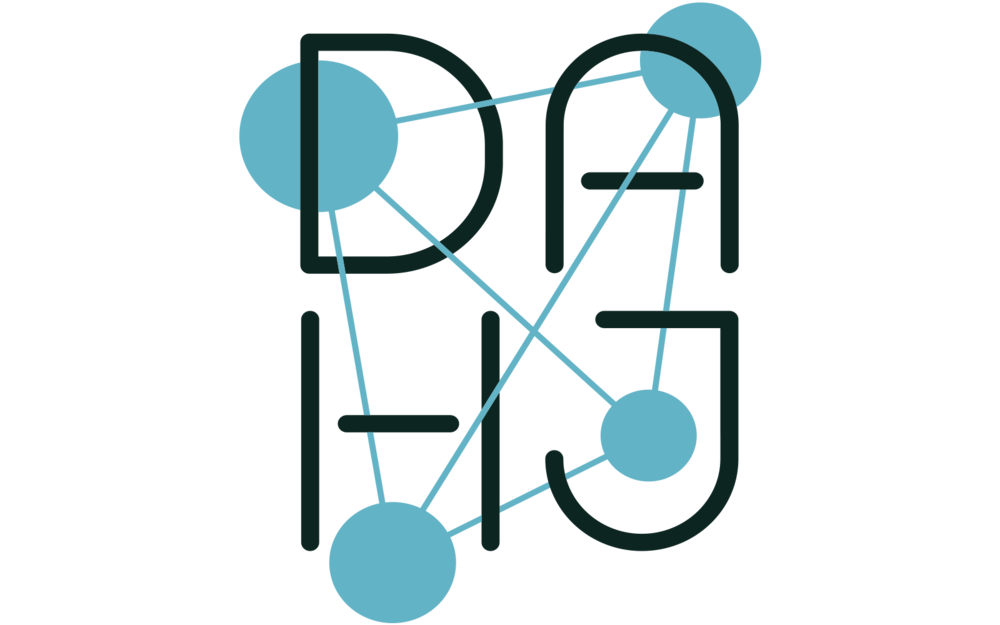Abstract
The digitization in art museums promises extended access to the objects of the collection both for scientific purposes and for an interested public, and this preferably online—independent of location and at any time. Here it is not enough to simply limit the search in databases to narrowly defined keywords. Rather, specific interfaces and visualizations should allow the user to explore the digital inventory as well as to ‘stroll’ through the online collection. Artificial intelligence can support the systematic and structured processing of the mass of data in the museum. Machine learning can reveal connections and links between artworks, which previously became accessible to the curator only incompletely or with difficulty. The text presents a first prototype on the basis of which the research project “Training the Archive” intends to investigate the machine-aided, explorative (re)discovery of connections within the museum's collection.
DOI: https://doi.org/10.11588/dah.2020.5.75953
Authors
Dominik Bönisch
studied Cultural Studies and Aesthetic Communication in the Master’s Program “Cultural Mediation” at the University of Hildesheim and the Moholy- Nagy University of Art and Design Budapest. Currently, he is working as the scientific project manager of the research project “Training the Archive” at the Ludwig Forum Aachen, investigating the connection between artificial intelligence (AI) and museum collections. As a curatorial assistant, Bönisch dealt with Virtual Reality (VR) in the exhibition “Thrill of Deception. From Ancient Art to Virtual Reality”, amongst others. His research interest focuses particularly on the effects of AI and VR on art and the collection as well as exhibition activities of the museum. Bönisch, who is also holding seminars on the topic at the University of Applied Sciences Düsseldorf (Hochschule Düsseldorf), lives and works in Aachen and Düsseldorf, Germany.

